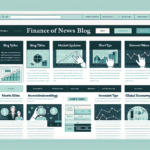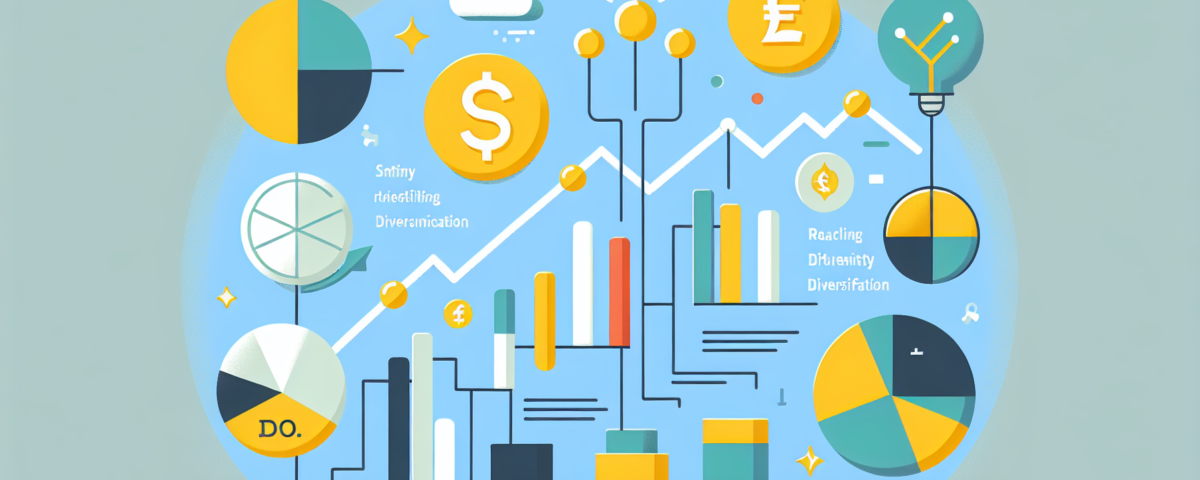
UBS Lowers Eurozone Growth Forecast to 0.5%: Navigating Economic Challenges Ahead
Tháng 4 8, 2025
Strengthening EU-China Ties: Navigating Trade, Security, and Regional Cooperation
Tháng 4 8, 2025Analyzing the Recent Performance of the U.S. Dollar: Trends and Influences
The U.S. Dollar’s Current Standing
In the financial landscape, the performance of the U.S. dollar has recently shifted, with the currency experiencing a notable decline during European morning trade. This trend is emblematic of a broader decline, where the dollar appears to be under pressure as market sentiment improves. Investors are showing a more favorable outlook towards pro-cyclical currencies, particularly the Australian Dollar (AUD) and Canadian Dollar (CAD), signaling a potential rotation in investor preference.
The recent softness of the dollar can be attributed to a variety of factors, including heightened risk appetite among investors and shifting dynamics in global markets. This evolving market sentiment suggests that the dollar’s historical role as a safe haven currency might be waning amidst growing investor confidence, particularly in equity markets tied to the cyclical economic recovery. For a deeper understanding of the USD/CAD relationship, you can check out this analysis on the neutral undertones shaping the short-term market outlook for USD/CAD.
Implications of Trade Tensions and Market Volatility
A critical influence on the U.S. dollar’s performance has been the ongoing trade tensions, particularly those between the United States and China. These tensions have created an atmosphere of uncertainty, bringing volatility to financial markets and contributing to fluctuations in currency values. Despite the dollar finding some support amidst these developments, its overall trajectory remains vulnerable to changes in global trade policies and geopolitical situations.
As trade negotiations ebb and flow, the investors’ focus remains laser-sharp on any policy announcements or shifts that could affect international trade relations. For instance, recent rhetoric surrounding tariff adjustments has influenced immediate market reactions, demonstrating how sensitive currencies like the U.S. dollar can be to news regarding trade. China’s President Xi Jinping convened global CEOs to address these escalating trade tensions, emphasizing the importance of international collaboration amid uncertainties, as detailed in this article about Xi’s strategic moves here. Therefore, market participants are advised to remain vigilant, as the intertwined relationship between trade issues and currency performance continues to unfold.
Observing Currency Trends in a Changing Economic Environment
Additionally, fluctuations in other key currencies provide context for the dollar’s performance. For example, the Chinese renminbi has been observed to devalue against the dollar, likely as a strategic response to ongoing trade pressures. This adjustment encapsulates a broader trend where countries might look to their currency valuations as tools for navigating competitive trade landscapes.
Moreover, the euro’s recent decline in futures market trading underscores the interconnectedness of global currencies and economic conditions. Market participants are wary of how European economic indicators could impact the euro’s strength in relation to the dollar. An analysis of the EUR/USD pair reveals a slight upward trend, presenting several dynamics at play that may affect both currencies. For those interested, this forex analysis highlights identifying the bullish momentum amid consolidation in the EUR/USD market. Given the United States’ pivotal role in the global economy, shifts in currency values have far-reaching implications, influencing everything from international trade flows to investment strategies.
Conclusion
In summary, the recent performance trends of the U.S. dollar reveal a complex interplay of market sentiment, trade tensions, and global economic conditions. As the dollar finds itself on the backfoot, analysts and investors should closely monitor these developments to better understand the implications for the broader financial landscape. The evolving dynamics offer both challenges and opportunities that could shape monetary policy discussions and investment strategies in the months ahead.

